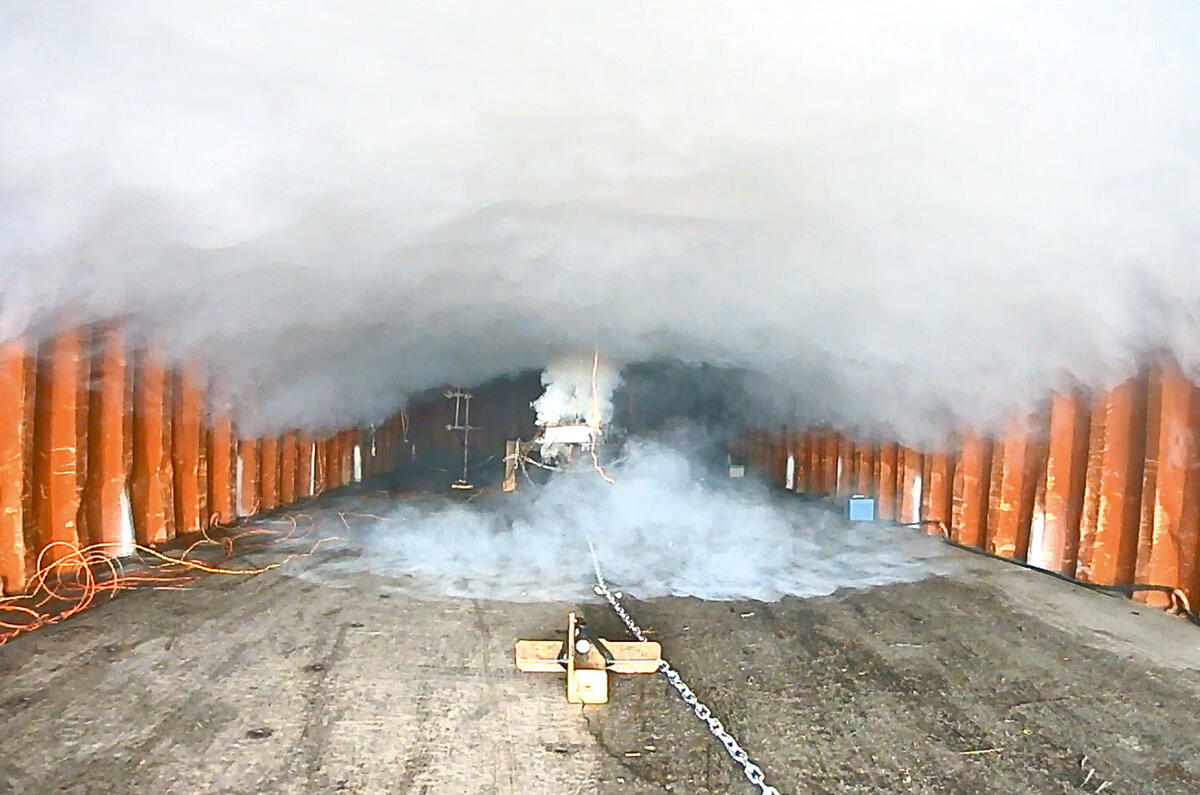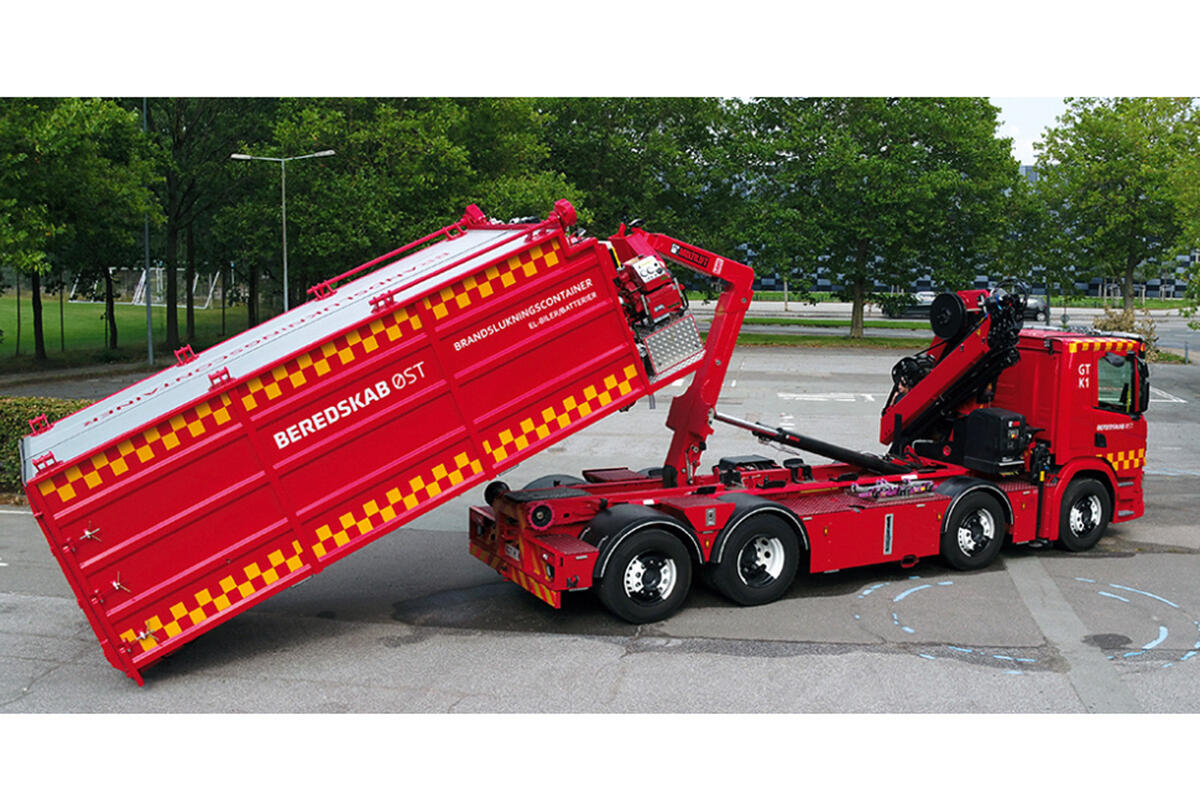As more electric cars take to UK roads, attention is turning to their safety. In particular, electric car fires.
Both petrol and diesel cars can catch fire, and many of them do (remember the spate of Vauxhall Zafira fires not so long ago?), but an EV fire commands a lot more attention.
Are electric car fires common?
Electric car fires often make the headlines, but they are not a common occurrence. According to Honeywell Safety and Productivity Solutions, 239 fires recorded in the UK from July 2022 to June 2023 were linked to EVs.
While this is an 83% increase year on year, it’s important to note the number has increased along with the increasing presence of EVs on our roads.
Meanwhile, according to Bedfordshire Fire and Rescue Service, some 1898 fires in 2019 were from petrol and diesel vehicles, 54 from EVs.
Another study by the Swedish Civil Contingencies Agency also revealed that petrol and diesel cars caught fire 19 times more often than EVs.
Why do electric car fires command so much attention?
Electric car fires draw increased attention for many reasons. The technology is new and newsworthy; and they’re complex and often heralded by a highly toxic vapour cloud accompanied by a hissing noise and highly directional jets, followed, possibly, by an explosion.
Electric car fires are also incredibly difficult to put out. You think it’s out, and then it erupts again hours, days or even weeks later.
All this considered, it’s no wonder people are becoming concerned about electric car fires, not least those who have to put them out.
How fire crews deal with EV fires
Fire services are developing new strategies to deal with electric car fires.
Bedfordshire Fire and Rescue Service, for example, has announced that in the aftermath of any incident, road-traffic collision or fire involving an EV, “one of our attending fire engines will follow the recovery vehicle back to the unloading point at their yard to assist with any fires”.
It also said it has developed a system that enables fire crews to identify what model of EV is involved in an incident and where its battery and isolation switches are.
Experts are divided on how best to tackle an EV fire but, generally, immense quantities of water to cool the battery pack (although this won’t prevent fire erupting again), a fire blanket to suppress the flames and breathing equipment for the firefighters to protect them from the toxic vapour cloud is the standard approach. Either that or simply let the blaze burn itself out.











Add your comment